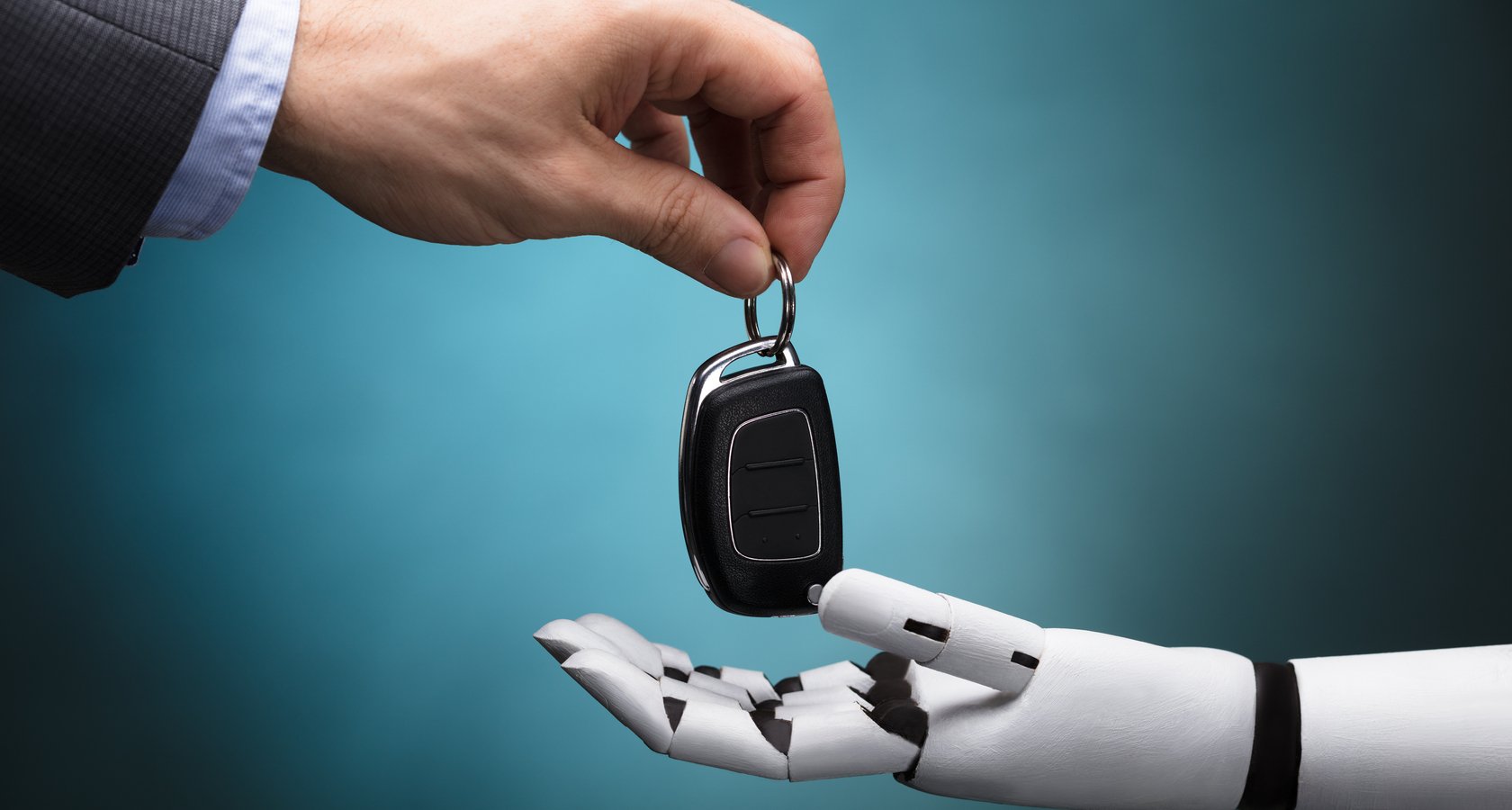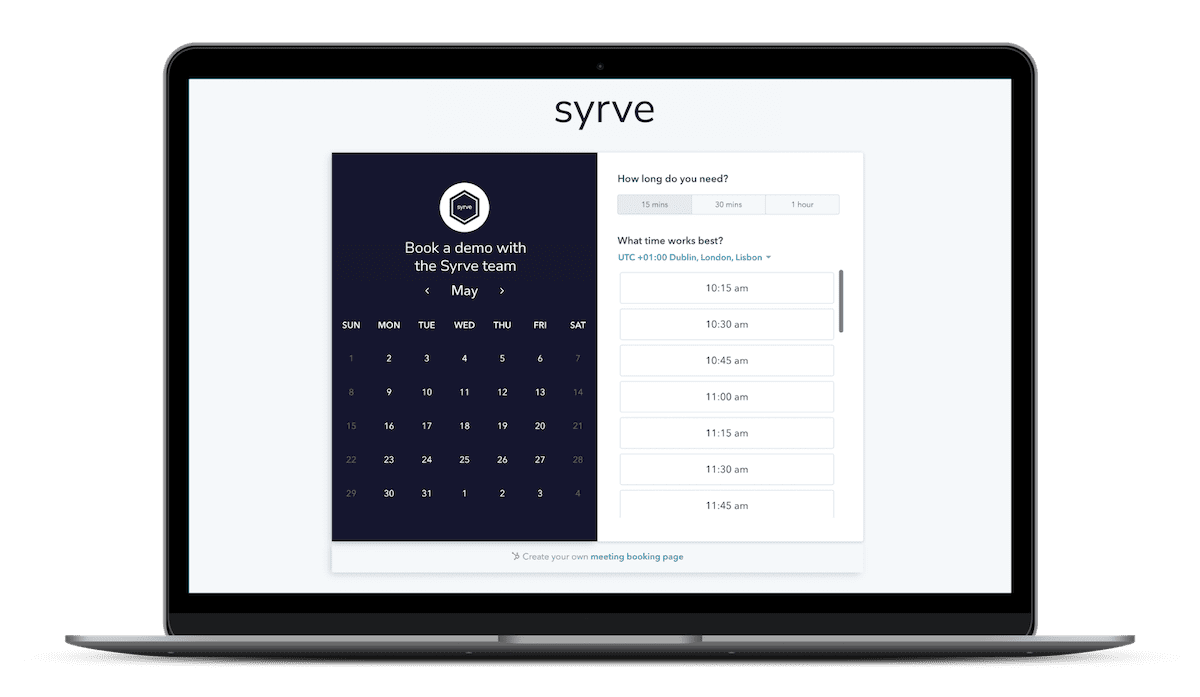Restaurants and bars may like the idea of parts of their operation becoming ‘self-driving’. But what does this mean, what new rules of work are required and what are the benefits? Let’s take a look.
Today, the mass arrival of self-driving cars seems a way off. But tech has actually got us a long way down the road already. It tells us faster ways to reach our destination, whether our tyres need inflating and how many miles we’ve got left in the tank, as well as giving us a stack of other time-saving, comfort-boosting benefits.
Car tech does this by capturing and acting on ‘live’ information.
And that’s where the food and beverage industry so often fails — and needs to change quickly .
Check you mirrors
As learner drivers, we’re taught to check our mirrors every time we do something. Researchers at one university found it’s safest to look every five seconds*. Neglecting to see what’s happening around you, so you can act quickly, can be costly.
For restaurant chain executives and managers, the same is true. You need to be constantly glancing in the mirror at your inventory, supplier prices, batch production, staff schedules, profit and loss, and more — and make sense of it all, in real-time.
You can’t afford blind-spots. The information must be accurate and trustworthy. And you need to be able to spot anomalies and opportunities quickly … and act on them.
The challenge here is time and complexity, whether you’re the person making decisions or trying to gather the data. And that’s where so much restaurant tech has spluttered and stalled – with too much data rekeying and blindspots and with all the errors, delays, inefficiencies and challenges that results.
New rules of work
Most restaurant apps on the market were designed as Point of Sale systems. But once you venture ‘off road’, they struggle to capture critical business information.
Because digitising manual processes can seem such an uphill slog, they’re often neglected. Typically, supplier prices and delivery acceptance records can be patchy, inventory checks may be out of date, wastage can be a grey and troubling area, and batch production records get overlooked completely for days or weeks ahead. The list goes on.
To succeed, restaurant tech must capture ‘events’ when and where they happen across the business. Some of this can be automated. But the manual element must be fast, simple and intuitive, often with tech doing most of the heavy lifting and people just finishing off the task. Intuitive software that works naturally with peoples daily routines without getting in the way.
Next-Gen restaurant tech provides the answer. A great example of this is mobile stock-taking (not just the function of mobile-stock processing, but how a great people-first process looks end-to-end using this technology).
Here, the system alerts managers every time a count is needed. It then pre-fills the list with products that will need counting at each location. As staff members enter the numbers in moments, the system knows what the answers should be (without revealing this), and suggesting additional counts where necessary. Stock levels are updated automatically and any differences can be flagged to managers immediately. They get clear, actionable data. It reduces tensions between front of house and back of house and increases trust in data processes.
Similar intuitive and light-touch processes can be introduced across the business — from the prep area to the grill, and the storeroom to the self service kiosk.
On the road to self-driving
When your data is captured ‘in the moment’ like this — either automatically or by employees — then your restaurant tech and many of your processes can start to self-drive.
Information captured by one process can automatically supply the answers needed by another. This eliminates friction between your front office and back office, unlocking valuable control, visibility, and efficiency.
The system creates reminders, notifications and escalations for your team — and can even send orders to suppliers automatically. It enforces standards, enables controls and provides deep insights. It’ll also accurately forecast demand and sales for weeks ahead, helping you to create accurate staff schedules, automatically create kitchen prep plans and deliver financial reports and business insights you’ll need.
A ‘tech first’ approach won’t mean simply replicating traditional processes with digital ones. Instead, you’ll re-engineer many of your operations so they become virtually self-driving.
It’s like hiring a team of star performers who’ll work in every corner of your business 24/7. You can free up your staff, optimise efficiency and gain greater control over your operation and its direction.
Discover more
Get your copy of our whitepaper ‘Next-Gen tech for the F&B industry‘ which dives deeper into this topic. You’ll discover how tech-first businesses can transform end-to-end performance and thrive in a new era.
*Source: University of Texas research cited by Automotive Super Sports (July 2020)




